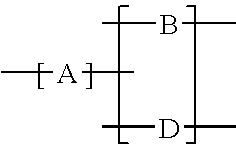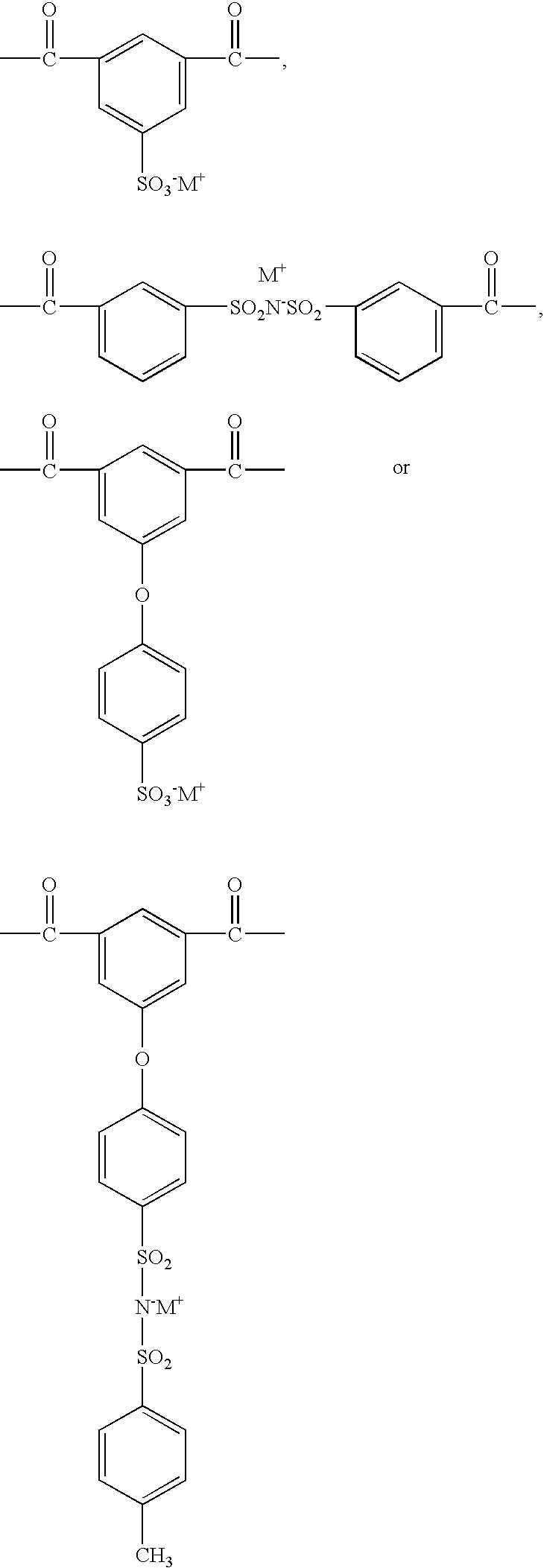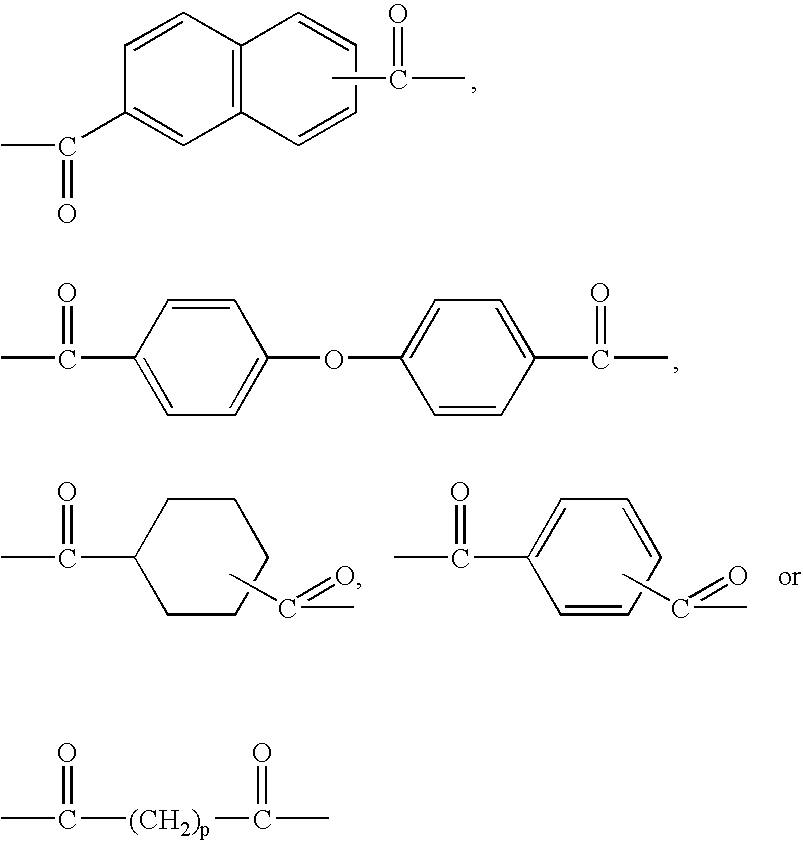Aqueous pigmented ink formulation containing polymer-encapsulated pigments, binder and smectite clay particles
a pigmented ink and additive technology, applied in the field of additives for can solve the problems of poor etc., and achieve the effect of improving the coalescence of pigmented ink jet inks
- Summary
- Abstract
- Description
- Claims
- Application Information
AI Technical Summary
Benefits of technology
Problems solved by technology
Method used
Image
Examples
examples
[0081] Preparation of Pigment Dispersions for Composite Colorant by In Situ Polymerization
Magenta Pigment Dispersion 1 (MD-1)Polymeric beads, mean diameter325.0 g of 50 μm (milling media)Quinacridone magenta (pigment red 122) 30 gfrom Sun Chemical Co.Oleoyl methyl taurine, (OMT)9.0 gsodium saltDeionized water210.8 g Proxel GXL ®0.2 g(biocide from Zeneca)
[0082] The above components were milled in a 2 liter double walled vessel obtained from BYK-Gardner using a high energy media mill manufactured by Morehouse-Cowles Hochmeyer. The mill was run for approximately 8 hours at room temperature. The dispersion was separated from the milling media by filtering the mixture through a 4-8 μm KIMAX® Buchner Funnel obtained from VWR Scientific Products.
Magenta Pigment Dispersion 2 (MD-2)
[0083] A self-dispersed pigment red 122 dispersion prepared by surface modification technology through diazonium reaction was obtained from Cabot Corporation. The sample identification by Cabot was IJX-266, a...
PUM
| Property | Measurement | Unit |
|---|---|---|
| mean particle size | aaaaa | aaaaa |
| size | aaaaa | aaaaa |
| aspect ratios | aaaaa | aaaaa |
Abstract
Description
Claims
Application Information
 Login to View More
Login to View More - R&D
- Intellectual Property
- Life Sciences
- Materials
- Tech Scout
- Unparalleled Data Quality
- Higher Quality Content
- 60% Fewer Hallucinations
Browse by: Latest US Patents, China's latest patents, Technical Efficacy Thesaurus, Application Domain, Technology Topic, Popular Technical Reports.
© 2025 PatSnap. All rights reserved.Legal|Privacy policy|Modern Slavery Act Transparency Statement|Sitemap|About US| Contact US: help@patsnap.com



